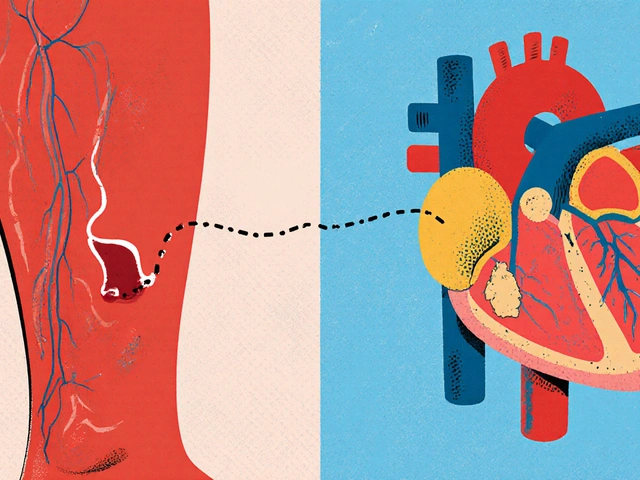Domperidone History: Origins, Uses, and How It Became a Key Medication
When you hear domperidone, a dopamine receptor antagonist used to treat nausea and stomach emptying issues. Also known as Motilium, it isn’t just another anti-nausea pill. It’s a drug with a messy past, a controversial status, and a loyal following among patients who swear by it when other meds fail. Unlike metoclopramide, which crosses the blood-brain barrier and can cause drowsiness or mood changes, domperidone works mostly in the gut—making it a go-to for people who need relief without the mental fog.
Domperidone was first developed in the 1970s by Janssen Pharmaceutica, the same Belgian company behind powerful painkillers like fentanyl. It was designed to block dopamine receptors in the digestive tract, helping the stomach contract and empty faster. That made it useful for gastroparesis, chemotherapy-induced nausea, and even breastfeeding support—since it raises prolactin levels by reducing dopamine’s suppression of the hormone. By the 1980s, it was widely prescribed across Europe, Canada, and Australia. But in the U.S., the FDA blocked its approval over heart rhythm concerns. A 2004 study linked high doses of domperidone to rare but serious QT prolongation, which can trigger irregular heartbeats. That led to restrictions: it’s still available over-the-counter in some countries, but in the U.S., you can only get it through special access programs or compounded prescriptions.
Even with the restrictions, domperidone remains a critical option for people who can’t tolerate metoclopramide or need a safer long-term solution. It’s also been used off-label for lactation support—something many mothers turn to when other methods don’t work. While the FDA warns about cardiac risks, especially at doses over 30 mg per day or when combined with other heart-affecting drugs, many doctors still prescribe it cautiously, especially for patients with no history of heart disease. The real story of domperidone isn’t just about science—it’s about access, regulation, and how patients navigate gaps in medical approval. Below, you’ll find detailed comparisons and real-world experiences with domperidone and similar treatments, from its role in nausea control to how it stacks up against other gastrointestinal drugs.

- Oct 21, 2025
- Posted by Cillian Osterfield
Domperidone History: Discovery, Development & Medical Use
Explore domperidone's journey from 1970s discovery to modern medical uses, safety concerns, and how it compares with other prokinetics.
Categories
- Health and Wellness (57)
- Medications (38)
- Health and Medicine (22)
- Pharmacy Services (10)
- Mental Health (5)
- Health and Career (2)
- Medical Research (2)
- Business and Finance (2)
- Health Information (1)
Latest Posts
©2025 heydoctor.su. All rights reserved





